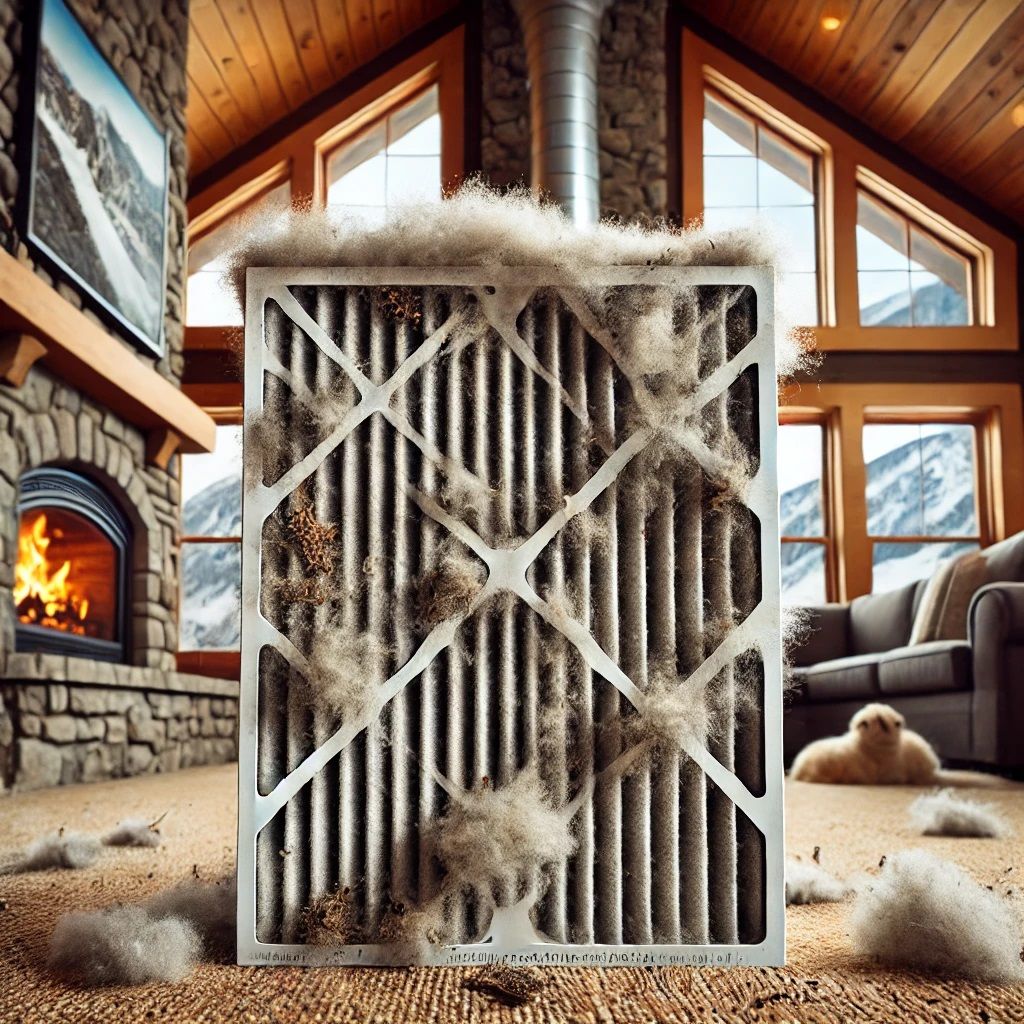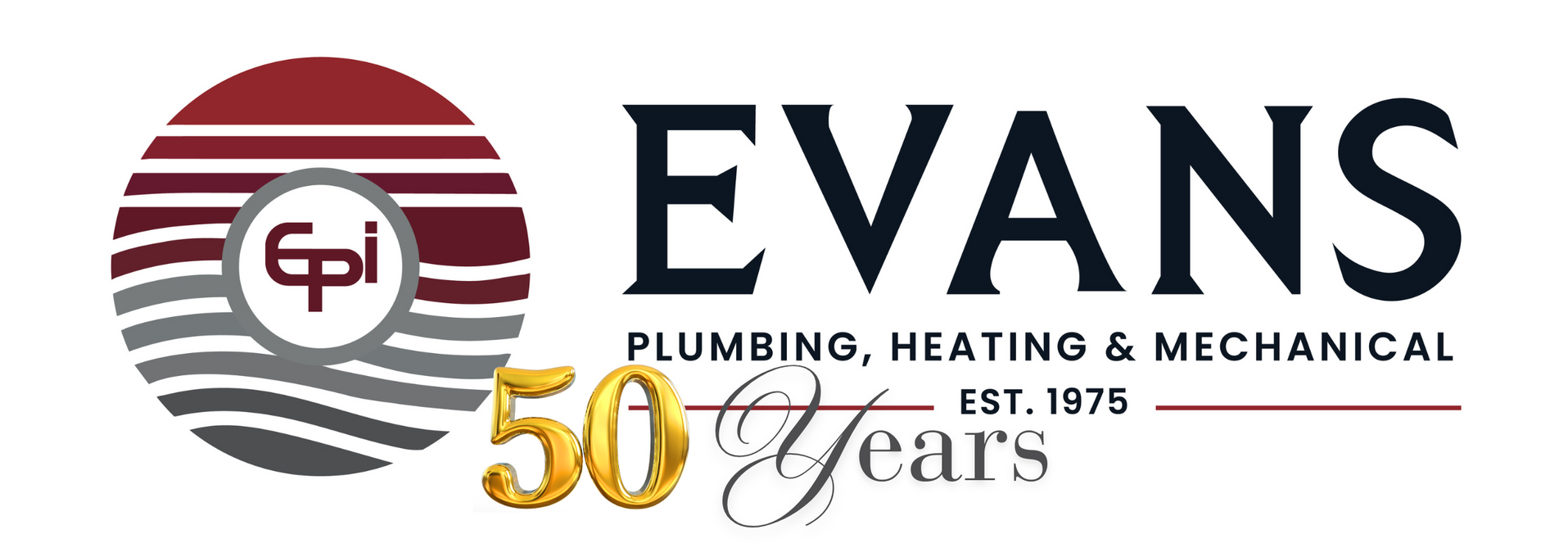The Future of HVAC: Transitioning to Low-GWP Refrigerants
The HVAC industry is undergoing a major shift as regulations and environmental concerns drive the transition away from high Global Warming Potential (GWP) refrigerants. This shift affects both homeowners and HVAC professionals, as new refrigerants bring changes in equipment, maintenance, and efficiency. If you’re in the market for a new system or simply want to stay informed, here’s what you need to know about the move toward low-GWP refrigerants.
Why the Change?
For decades, HVAC systems have relied on refrigerants like R-410A, which, while effective, have a high GWP. As concerns about climate change grow, the Environmental Protection Agency (EPA) and international regulatory bodies are pushing for alternatives that minimize environmental impact. New refrigerants, such as R-32 and R-454B, offer similar cooling performance but with a significantly lower GWP, reducing their contribution to global warming.
What Refrigerants Are Being Phased Out?
The refrigerant phase-out is happening in stages. R-22, commonly known as Freon, was largely phased out in 2020 due to its ozone-depleting properties. Now, R-410A is on its way out, with production and import restrictions ramping up through 2025 and beyond. These changes mean that HVAC manufacturers are shifting their focus to next-generation refrigerants that comply with new environmental standards.
What Are the New Refrigerants?
Several new refrigerants are emerging as viable alternatives to high-GWP options:
- R-32: Already in use in many parts of the world, R-32 has about one-third the GWP of R-410A and offers improved energy efficiency.
- R-454B: Designed as a direct replacement for R-410A, R-454B provides similar performance with a GWP nearly 80% lower.
- CO2 (R-744) and Propane (R-290): While not yet mainstream for residential applications, these natural refrigerants are gaining traction in specialized HVAC applications due to their ultra-low GWP.
How This Affects Homeowners and HVAC Professionals
For homeowners, the transition means that future HVAC purchases will involve systems designed for these new refrigerants. While existing R-410A systems will still be serviceable for years, repairs and refrigerant refills may become more expensive as supplies dwindle. Upgrading to a new system with low-GWP refrigerants can improve energy efficiency and reduce environmental impact.
For HVAC professionals, staying up to date with the latest refrigerants and handling guidelines is essential. Many of the new refrigerants are classified as “mildly flammable,” requiring technicians to follow updated safety protocols and certification requirements.
What’s Next?
The transition to low-GWP refrigerants is just one piece of the larger sustainability movement in HVAC. As governments and manufacturers invest in greener technologies, expect to see continued advancements in system efficiency, heat pumps, and smart climate control solutions. Homeowners and businesses alike should consider upgrading to newer systems sooner rather than later to take advantage of incentives and long-term energy savings.
Are you considering a new HVAC system or wondering how these changes affect you? Contact our team at Evans Plumbing, Heating, and Mechanical for expert guidance on the latest HVAC technology and environmentally friendly solutions.






Share On: